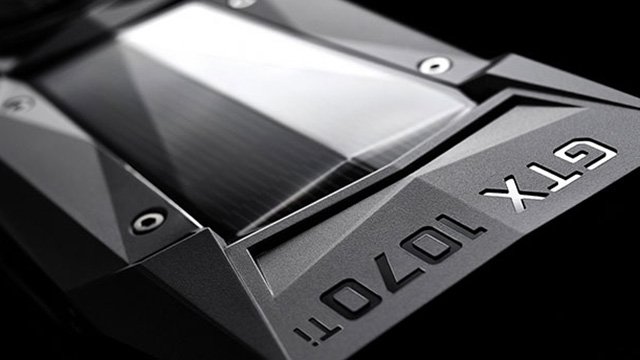Nvidia freesync isn’t a thing, and it likely never will be in any official capacity if Team Green has their way. Thanks to a new Windows 10 feature though, some new homebrewed Nvidia freesync could become the secret of the enthusiast gaming space that Nvidia might be powerless against.
Discovered by Bryf50 on Reddit, Microsoft’s latest Windows 10 update brought with it a Graphics Switching feature that allowed unofficial Nvidia freesync support through their Nvidia GeForce GTX 1080 Ti. The goal was to plug their Freesync display into their supported secondary AMD GPU and then switch the target rendering device to their powerful Nvidia card. This essentially saw the game being rendered as normal, only with the AMD card stepping in to send those frames to the Freesync display. The result was a Nvidia GPU working with Freesync.
AMD and Nvidia have traded blows for what feels like an eternity at this point, and that rivalry often comes at the cost of dividing innocent consumers. When it comes to adaptive refresh rate technology, there are two main names: FreeSync and G-Sync. One, as the name implies, is free, whereas the other comes at a Nvidia premium.
Both G-Sync and Freesync were invented to push aside the troublesome V-Sync game setting used to reduce “screen tearing.” If a game fluctuated between 60 frames per second on a 60 Hz refresh rate panel, that lack of synchronization between frames sent to your monitor caused the jarring visual anomaly when the screen displayed two or more different frames at the same time. V-Sync could fix the problem, but would then introduce noticeable input lag. G-Sync was a hardware fix to this solution, whereas Freesync was primarily software-based.
The problem here lies in how Nvidia has attempted to capitalize on a hardware-based solution with G-Sync. Requiring a physical chip be built into monitors, it’s a feature reserved for high-end gaming monitors and instantly jacks up the price thanks to what’s become known as “G-Sync tax”. AMD’s competing FreeSync is royalty free and fairly easy to implement, It could even be supported by your monitor without you even knowing.
Nvidia has long refused to allow its GPUs to support this free alternative, demanding its users pay extra for the privilege of using its fundamentally more powerful proprietary fix. Those who buy into the G-Sync hype are then locked into a tough decision of invaliding their purchase should they ever think about switching over to an AMD GPU. This new trick won’t do much to help that situation, but making Nvidia freesync a possibility will drastically widen your monitor buying options.
So how many people have both an AMD and Nvidia GPU in their system at the same time? Thanks to the newer Ryzen CPUs with their in-built Vega graphics, the answer is “Quite a lot.” Reddit user Survfate chimed in to push things further.
Using a Ryzen 3 2200G CPU and a standard GTX 1060, another Reddit user, Survfate, was able to set the APU as a “Power Saving” GPU through Windows, while keeping their GTX 1060 crunching in-game data. Just how Bryf50 managed with the dedicated AMD GPU, Survfate was able to use their Freesync-supporting CPU to push the frames rendered by their dedicated Nvidia graphics card and smooth them out with a Freesync display despite Nvidia’s chip lacking any real support for the tech.
In the end, PC Perspective went to work to confirm what had essentially already been discussed on Reddit. Through the new Windows 10 build, it’s entirely possible to trick Nvidia GPUs into putting a Freesync display to good use. It’s good news for gamers, and potentially a thorn in the side for Nvidia’s PR team.







